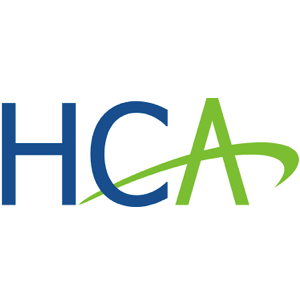The Washington State Health Care Authority (WA HCA) purchases health care for Medicaid eligible Washington residents and public employees. The agency also procures funding for the development and implementation of substance use treatment and prevention programs with the intention of "integrating physical health and behavioral health services for better results and healthier residents."
This presentation will provide an overview of the current research and evidence on the impacts of marijuana legalization (Initiative-502) in Washington State.
Presenters:
- Christine Steele, WA HCA Prevention Policy and Project Manager
- Tyler Watson, WA HCA Prevention Research and Evaluation Manger
